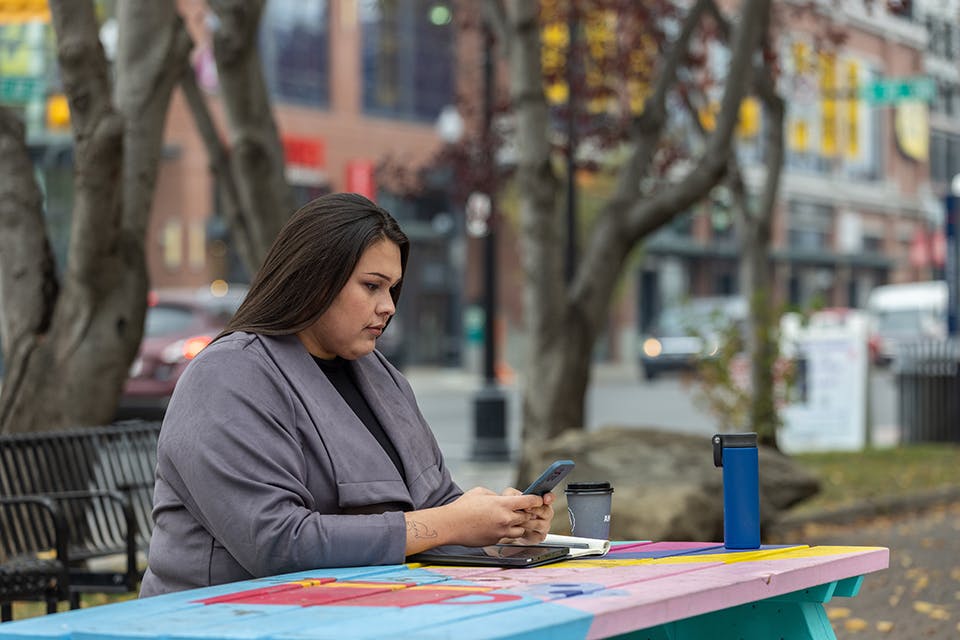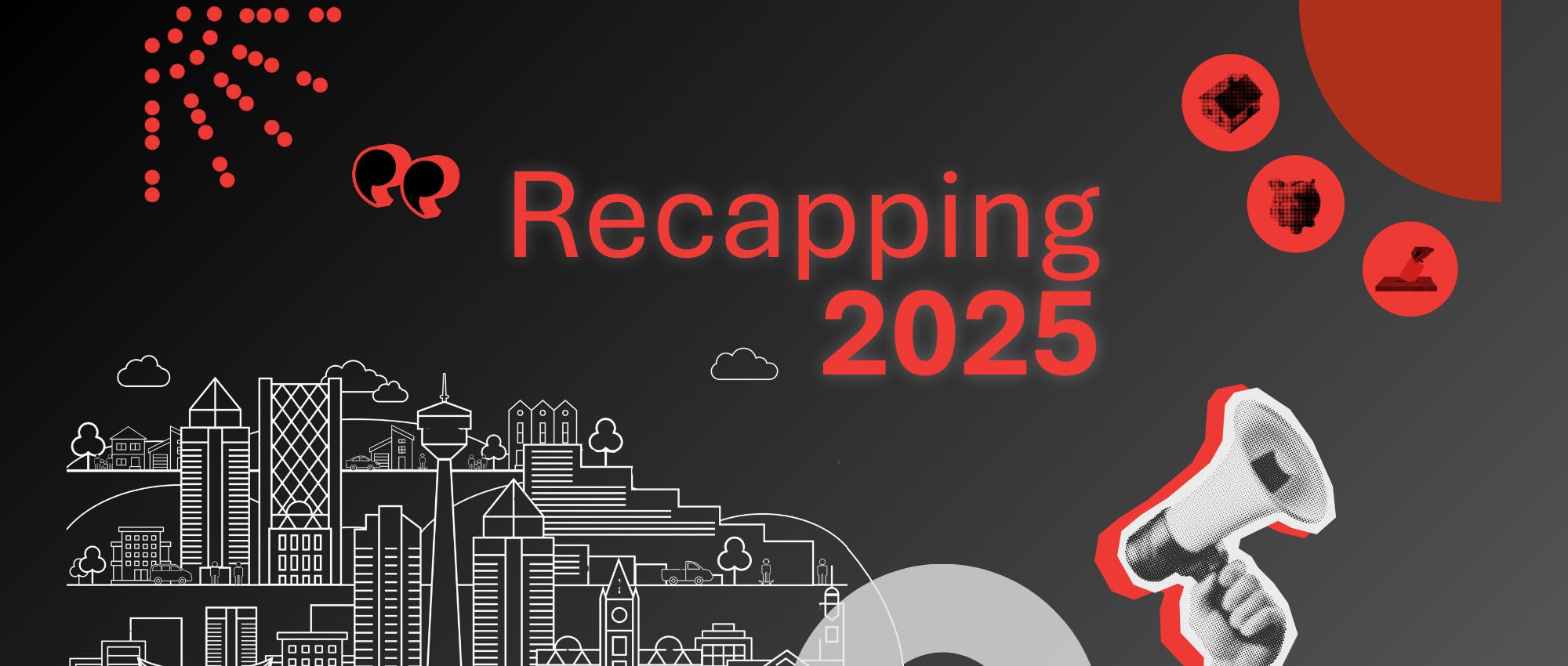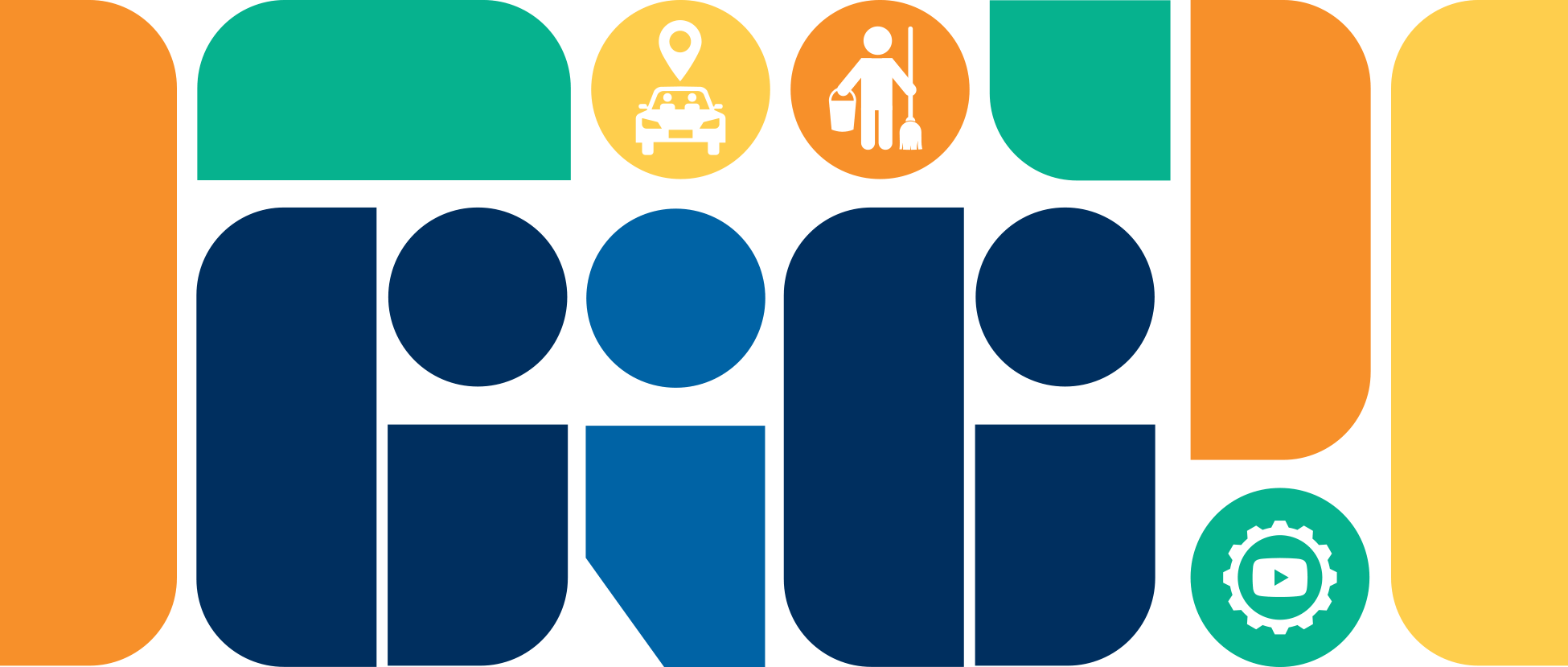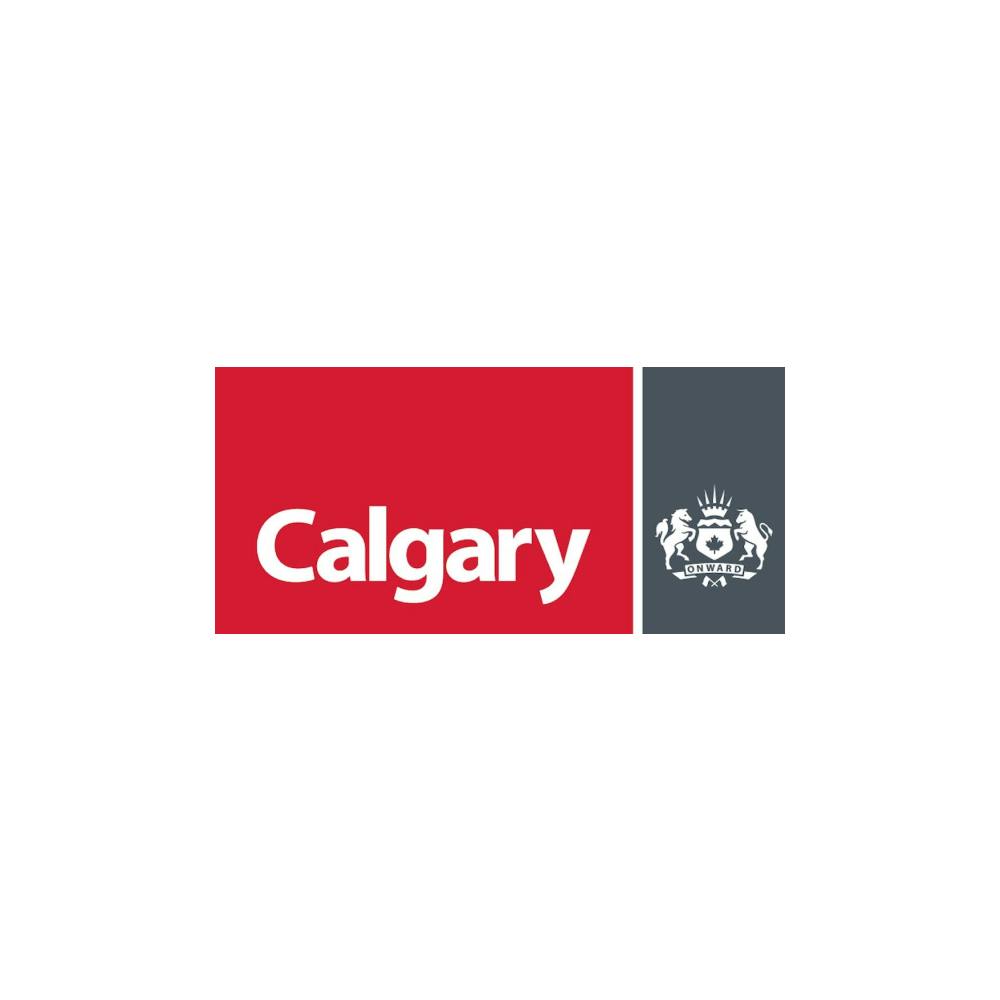This article was originally published on by The City of Calgary on Dec. 20, 2021 - visit Creating connections through digital equity to read the full article.
Article
Creating connections through digital equity
VCC's Meaghon Reid discusses how poverty increases the digital divide with The City of Calgary
23 December 2021

Access to technology has become vital during recent months. An October 2020 McKinsey & Company report notes that “digital adoption has taken a quantum leap” during the pandemic, accelerating the digitization of customers and operations and has “transformed business forever” with the largest shifts during the crisis the most likely to remain in the long term. Adjusting to COVID-19 meant that staying connected to family, friends and education, applying for programs and services, and the creation of safe workplaces required a quick adjustment to adopt digital technologies and resulted in the innovation of both processes and products.
While many businesses, schools, and households were able to react quickly to the changing environment and move to online platforms, not all Calgarians had access to the equipment and networks to enable life to continue so seamlessly.
“We hear of parents who drive their kids to sit outside of a McDonald’s to be able to connect in to their free Wi-Fi so they can attend online school,” explains Meaghon Reid, executive director of Vibrant Communities Calgary, an organization working to reduce poverty in Calgary through the Enough For All initiative. “And they had to share one device, like a phone, between the parent and two school kids when schools went online. This scenario and many others around digital equity is one of our biggest challenges.”
Digital equity seeks to ensure that everyone—especially groups who are historically underserved or underrepresented—has the information technology capacity needed for civic and cultural participation, employment, lifelong learning, and access to essential services. Removing barriers to digital inclusion and participation and working towards giving people of all backgrounds and circumstances optimal digital resources is essential to advancing equity.
“When you’re a Calgarian who lives in poverty – approximately 200,000 people at this point in time – if you are making decisions about ‘heat and eat’, the computer and the internet are going to be the first to go,” says Meaghon. “Access to the internet is a basic need because access to any of the services a person in poverty may need is all on the internet. How do we reframe that digital equity, education about how to use technology and the sustainability of it all, is a new basic need?”
Another way digital equity impacts Calgarians is through inclusion. Meaghon explains that physical isolation has been normalized during the pandemic with most of us adapting to online work and socialization. “We’ve offset this isolation with digital inclusion, but for people in poverty, you are now much more isolated than your neighbour. So, while the technology challenged us – the hardware, connectivity, sustainability and access – we also have a challenge around isolation. I can’t feel included if I am cut off from technology.”
One of the goals of Enough for All is that we live in a strong, supportive, inclusive community. Though Calgary is one of the most connected cities in Canada, findings show that persons with disabilities, Indigenous people, low-income individuals, newcomers, and seniors are the most impacted by poverty and lack of access to technology and online services.

Achieving digital equity
Initiatives like Calgary as a Smart City, Eduroam, 5G and beyond and Internet Exchange and how they are supporting the advancement of technology and infrastructure in a number of ways that aim to contribute to achieving digital equity.
Focus Areas
Tags
Attribution
Related Articles
Recapping 2025: A Milestone Year for VCC
Celebrating 20 years of systems change and progress toward poverty reduction

Alberta gig workers push for recognition as unstable incomes, burnout take toll
New research from the Calgary Social Policy Collaborative reveals insights into trends, challenges and solutions for Alberta's gig workers

New research sheds light on Alberta’s gig economy
Calgary Social Policy Collaborative’s new report exposes the pressures facing Alberta’s gig workers and the policy tools that could better support them

